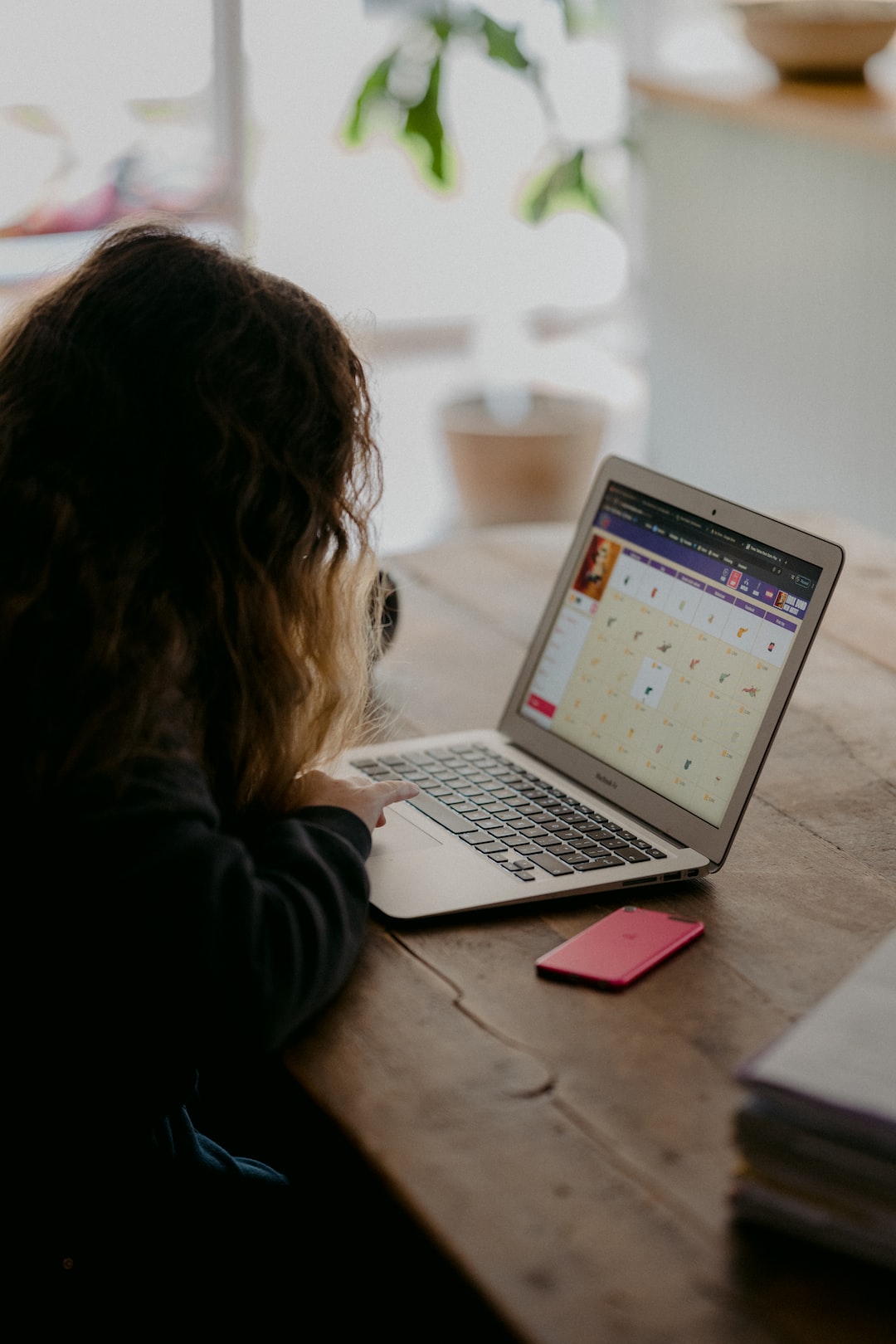In recent years, social media has become an integral part of our lives, changing the way we communicate and gather information. Social media tools such as Twitter, Facebook, and LinkedIn are widely used for personal and professional purposes, but they can also be effective in e-learning. Social media has the potential to revolutionize the way we teach and learn, making education more accessible, engaging, and collaborative.
Social media allows learners to connect and interact with each other, creating a more collaborative and community-based learning environment. With the help of social media, learners can engage in peer-to-peer discussions, share resources, collaborate on projects, and receive feedback from their peers. This collaboration not only makes e-learning more fun and interactive but also helps students develop important interpersonal skills such as teamwork and communication.
Social media can also be a powerful tool for knowledge dissemination. By sharing educational content on social media, teachers can reach a wider audience, including non-traditional learners who may not have access to traditional classroom settings. Social media also provides a way for educators to get instant feedback from their students, allowing them to make necessary adjustments to their teaching methods and materials.
Social media platforms such as Twitter and Facebook can also be used to create a virtual classroom. By creating a closed group or a private page on Facebook, teachers and students can communicate with each other, share resources and assignments, and take part in discussions. Additionally, Twitter chats and hashtags provide an opportunity for learners to engage with experts in their field and participate in discussions on current trends and ideas.
Another key benefit of social media is that it fosters the development of digital literacy skills. In today’s digital age, digital literacy skills such as information literacy and digital fluency are essential for success in education and beyond. By incorporating social media into e-learning, educators can help learners develop these skills and prepare them for the demands of the 21st century.
However, the use of social media in e-learning is not without its challenges. One major issue is the potential for distraction. Social media can be a time-consuming and addictive activity, and learners may struggle to balance their focus between social media and their coursework. Additionally, there is a risk of exposure to inappropriate or inaccurate information on social media, which can negatively impact the learning experience.
In conclusion, social media plays a significant role in e-learning by creating a more collaborative and community-based learning environment, disseminating educational content to a wider audience, and helping learners develop digital literacy skills. While there are challenges associated with the use of social media in e-learning, the benefits are too great to ignore. With careful planning and effective use, social media can transform traditional e-learning into a more engaging and interactive experience for learners.
